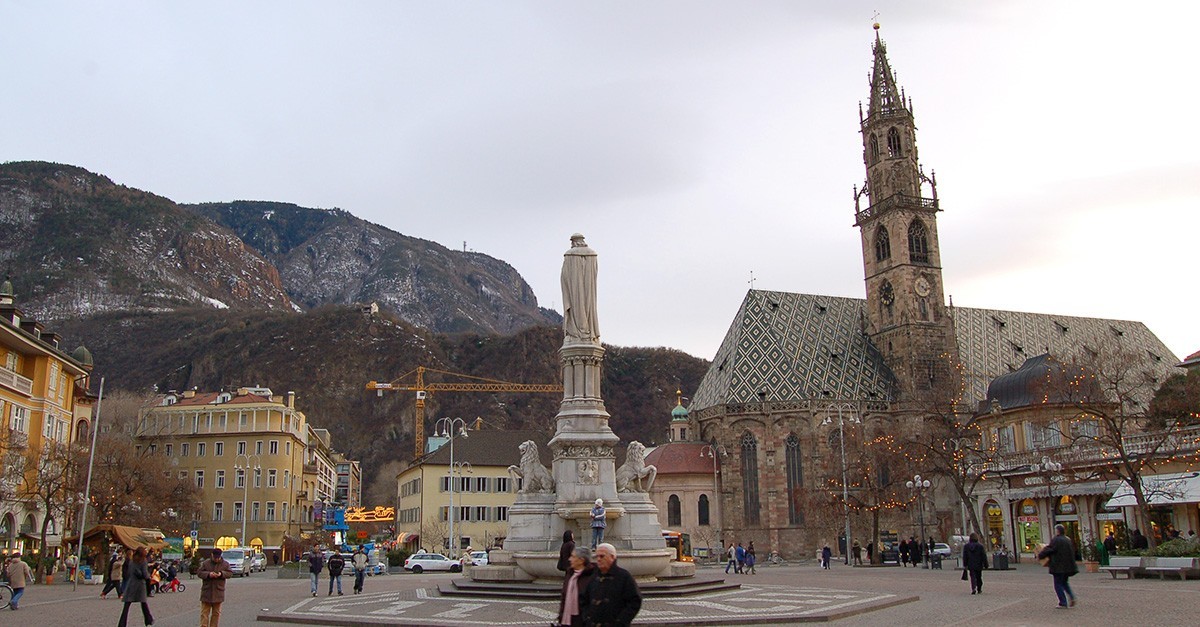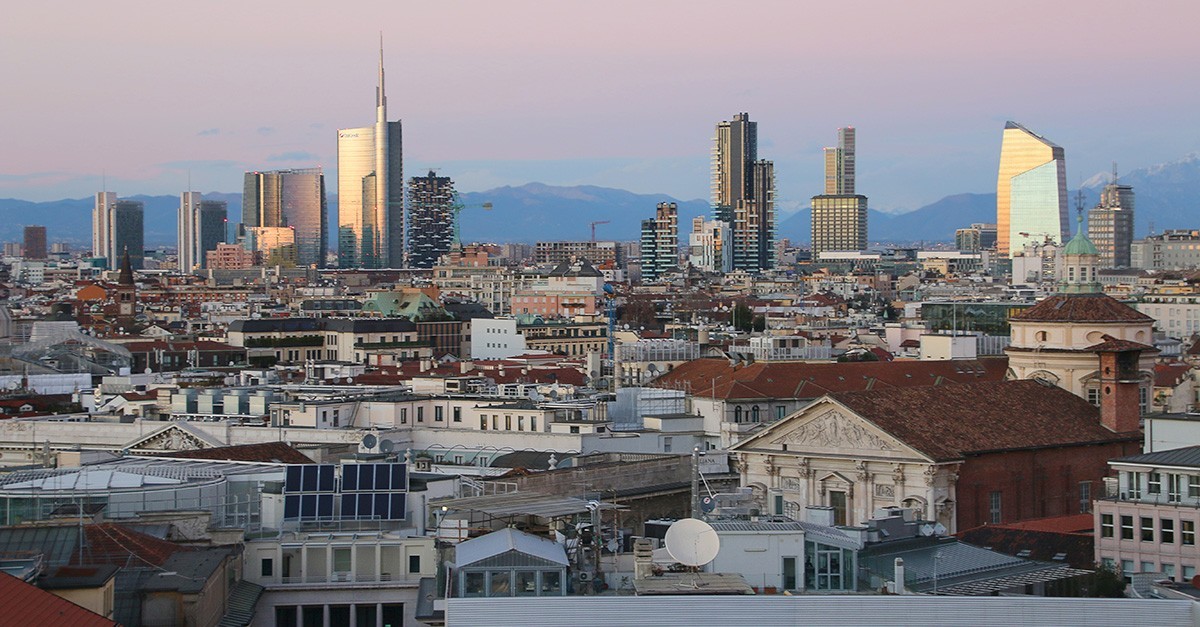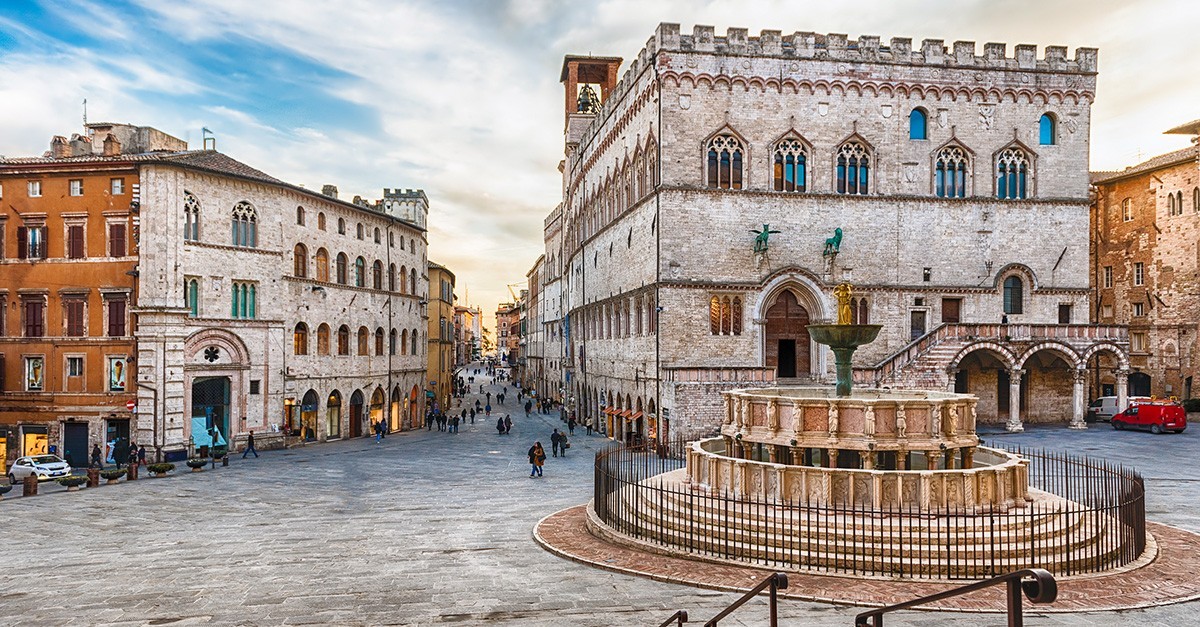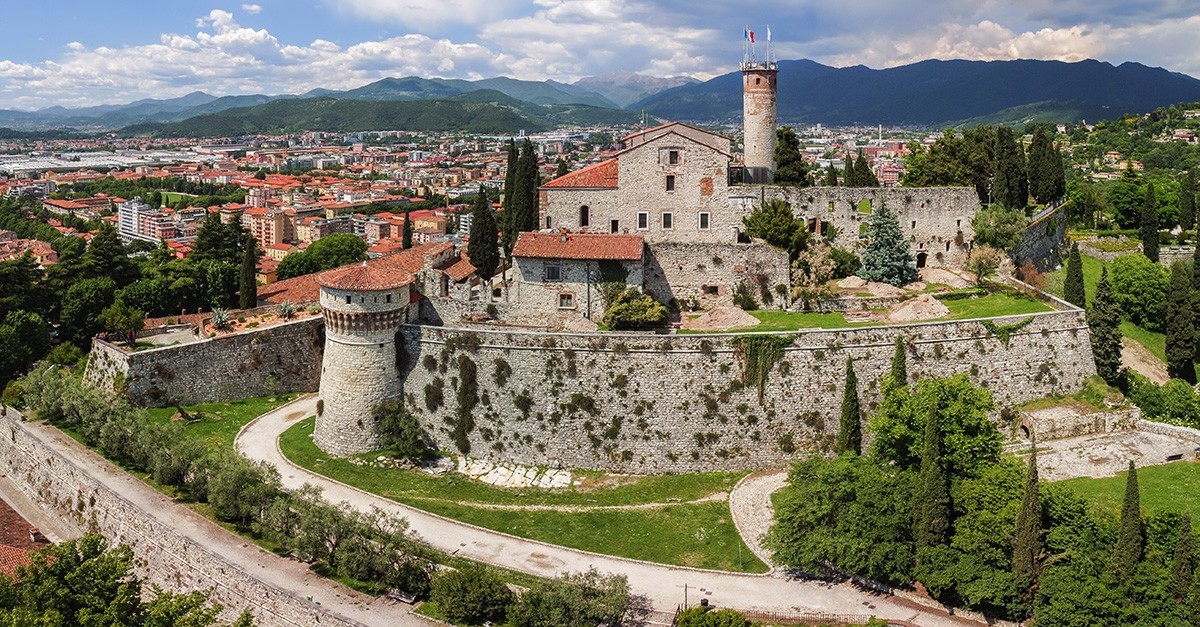
According to recent Istat data on inflation in Italy in 2023, more precisely in February, the national consumer price index for the entire population increased by 0.2% on a monthly basis and 9.1% on an annual basis, compared to 10.0% in the previous month. Based on this data, the National Consumers' Union has drawn up a ranking of the Italian cities with more than 150,000 inhabitants that are most expensive for a family of three. These are the most expensive cities in Italy 2023.
Bolzano

Bolzano has an inflation rate of 9.3 per cent, which translates into an additional expenditure of 3,261 euros per year for a family of three. This makes Bolzano the most expensive city in Italy.
Milan

Milan recorded a 9.9 per cent upward trend in February, which translates into an additional expenditure of 3,213 euros per year for a family of three, as the cost of living in Italy continues to rise.
Ravenna

Ravenna has an inflation rate of 10.3%, which translates into an additional expenditure of 3,137 euros per year.
Genoa

Genoa has an inflation rate of 11%, which translates into an additional expenditure of 3,095 euros.
Trento

Trento has an inflation rate of 9.3%, which translates into an additional annual expenditure of 3,085 euros.
Modena

Modena has an inflation rate of 9.6 per cent, which translates into an additional expenditure of 2,924 euros.
Bologna

Bologna records inflation at 9.2 per cent, which translates into an additional annual expenditure of 2,873 euros.
Perugia

Perugia has an inflation rate of 10.1 per cent, which translates into an additional expenditure of 2,827 euros per year.
Brescia

Brescia has an inflation rate of 8.9%, which translates into an additional expenditure of 2,819 euros.
Catania

Catania's 10.9 per cent inflation translates into additional expenditure of 2,727 euros per year.
Istat data on inflation in Italy in February 2023
Istat reported that in February 2023, the national consumer price index for the entire population, before tobacco products, rose by 0.2 per cent on a monthly basis and 9.1 per cent on an annual basis, from +10.0 per cent in the previous month; the preliminary estimate was +9.2 per cent.
According to the National Statistical Institute, the slowdown in inflation is primarily due to the accentuation of the downturn on a trend basis in the prices of regulated energy goods (from -12.0% to -16.4%) and the deceleration of those of non-regulated energy goods (from +59.3% to +40.8%), the effects of which were only partly offset by the acceleration of food prices, both processed (from +14.9% to +15.5%) and unprocessed (from +8.0% to +8.7%), tobacco prices (from zero to +1.8%), prices of recreational, cultural and personal care services (from +5.5% to +6.1%) and transport-related services (from +5.9% to +6.4%).